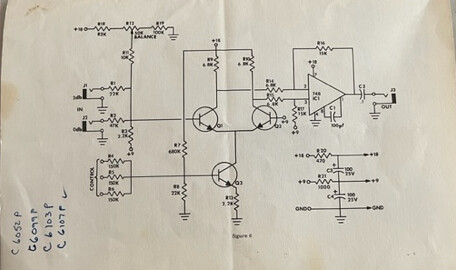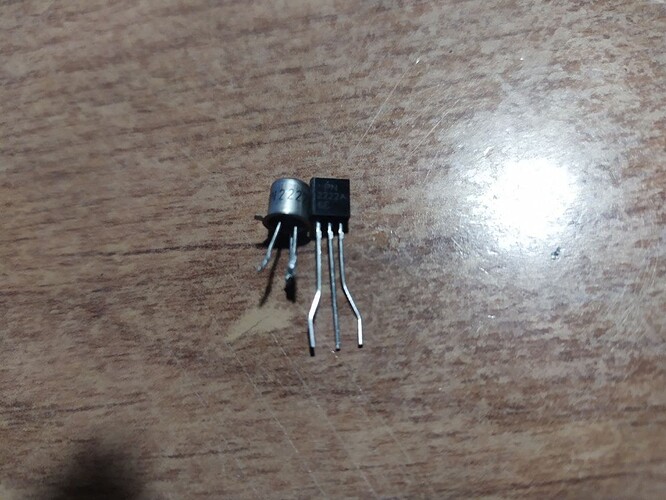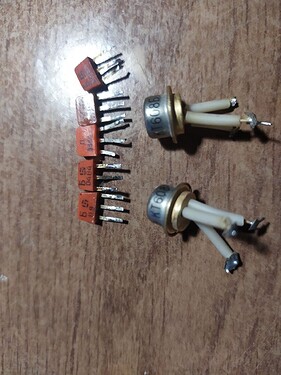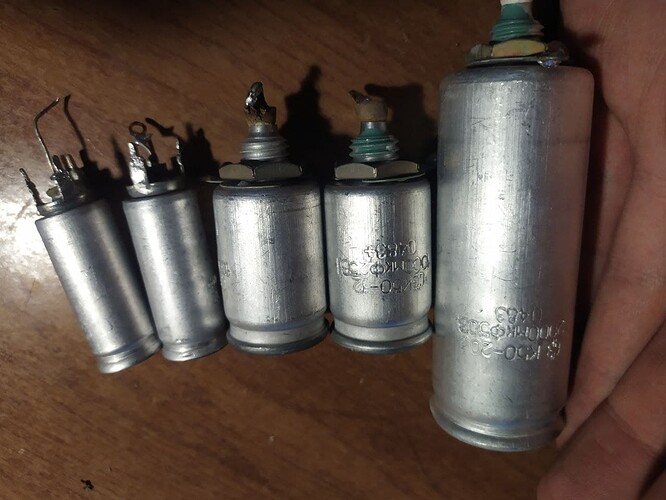I doubt I would (if I even can) use the Front Panel express, but out of curiosity, how much it costs? It looks cool! I guess it could be done at home too… I wonder how they print the text, it looks engraved… Hmmmmm
The original PAIA kits total cost me less that $200 unassembled. A Moog was going for about $50K at that time (I think). But, that was a lot of money for a 21 year old student. I started working in an experimental physic research lab the summer after my freshman year and I spent my first stipend checks on music.
I would not want to go back to PAIA though. That analog circuitry was notoriously difficult to tune and keep in tune and was extremely susceptible to hum noise. But, the principles were identical to what we have in modular now.
I loved having access to the physics machine shops. Physicists built most of their own equipment in those days.
In the PAIA pic, it is hard to see, but the keyboard “panel” was made out of a piece of perforated phenolic circuit board. You can use almost anything.
Could it be the cheap transistors and all that semiconductor magic? Cause I think maybe if you build the same circuit with modern stuff, it would be better… It’s more of a question though, haha. Maybe I should’ve end it with a question mark
Well, yes and no. Analog circuits were always temperature sensitive such that the synth would go out of tune as it warmed up and the room warmed up and the weather warmed up. Part of the high price for Moog was due to temperature compensation elements. Maybe higher quality transistors and ICs, but I do not know.
It was a great learning platform.
The panel graphics on these are engraved and infilled but I believe they can also do proper printing now. I haven’t made any DIY modules for a number of years now but they were certainly not cheap and the cost is proportional to the number of holes and print items.The good thing is they provide you with the software to create the panel artwork.
I can recommend using kits from places like Thonk as they usually come with panels.That of course doesn’t work if you’re experimenting with other circuits though.
Yeah, I am trying to make it from the scratch (meaning, steal it from Moritz Klein and Sam Battle from Look Mum No computer). I just want to kinda get a feel of how it all works. How the oscillator oscillates, how noise… noises and ADSR… ADSRs. Well, you know what I mean! So maybe later I would buy some DIY kits, but for now I want to go from ground 0 (meaning, steal it from… etc)
The PAIA system did not use exponential CV. Which made the modules cheaper, but less convenient for a lot of things. Also, the circuits were super simple. I think the VCF used a single diode as a “VCA”?
The stuff was cheap not because the components were bad, but because the circuits were very simple. There was noting wrong with components back in the “dark ages”, if you made these circuits with today’s components they would likely be no better.
[ my 1979 home made synth, in the photo above, did use exponential CV, and was temperature compensated ]
Oh yeah, I forgot to mention that. But, the original PAIA “keyboard” used a piece of conductive plastic cut to an exponential curve shape to do the linear to exponential (or vice versa) conversion for the music.
Edit: Actually it was a logarithmic curve to covert from exponential to linear. But the “keyboard” was actually shirt buttons glued to paper clips. ![]()
Would be cool to maybe experiment with two instances of PAIA, one made from old stuff and one made from new stuff… I think you are right, but also it could be that the 70s semiconductors were not as reliable as today’s ones. I am not sure though. I just want to see this experiment, haha, it would be very entertaining
Too bad Mythbusters was discontinued ![]()
We need a thematic show, like a Synthbusters, haha
yeah, the computer keyboard (4700?) had a crazy exponential dac made from discrete components. I took that out and made one that was one volt per octave.
Well, looks like I built my PAIA in 1972 based on the copyright date on the manuals that I still have. Here is the VCA schematic.

Here you go. Now you have everything you need to build a PAIA. I guess it was 1973.
Hahahaha, I never said I want to build it though, hahaha. But thanks anyway! I will read it and maybe even steal something from there… WHo knows, haha
I actually have a lot of old soviet electronic components, some are from 70s (I’ll show you a bit later). So maybe I could even build something like a soviet PAIA, hahaha. Not sure if I have enough of this stuff though, and again, not like I really want to build it. But it might be an interesting experiment too…
For me, thinking about building something is as fun, if not more so, than building it. Building it is always about things that don’t work the first time, or the 2nd, or …
My first DAC I built was for my Apple II+ joystick port. I think it was 4 or 6 bits and was a passive discrete resistor network. But, I was so happy when I had the Apple playing along with my PAIA and my circuit bent Casio ![]() I don’t remember if I used Basic or machine code to talk to the port.
I don’t remember if I used Basic or machine code to talk to the port.


